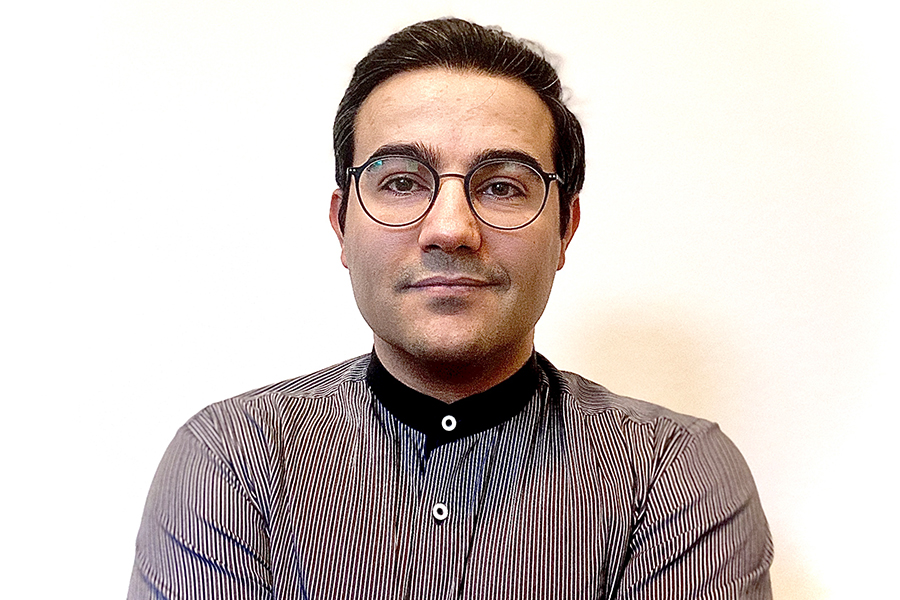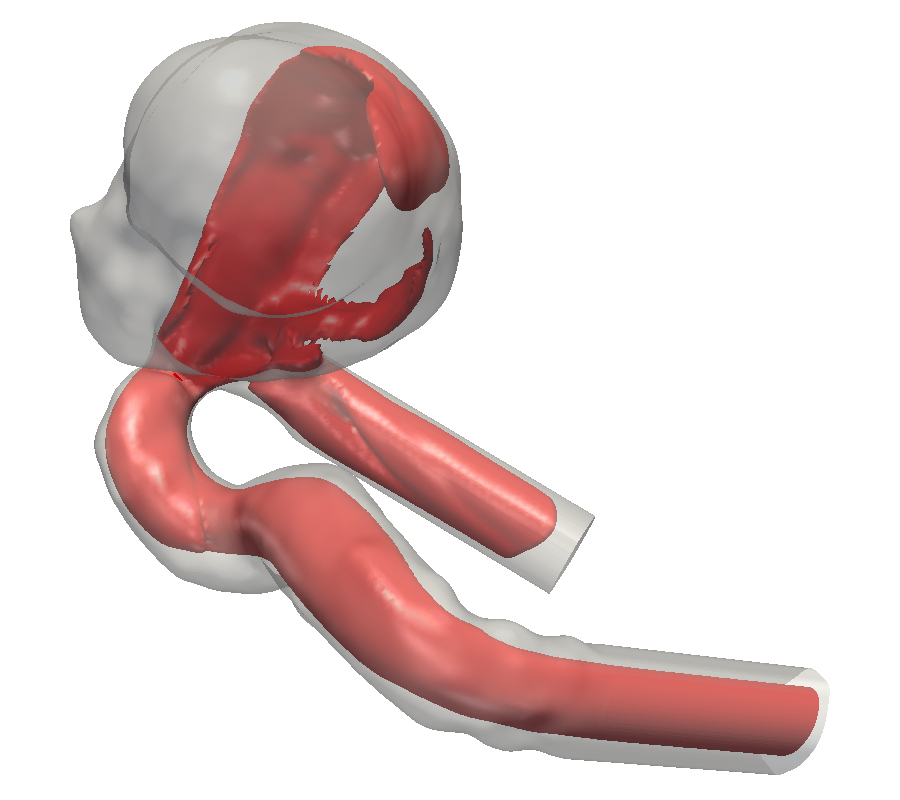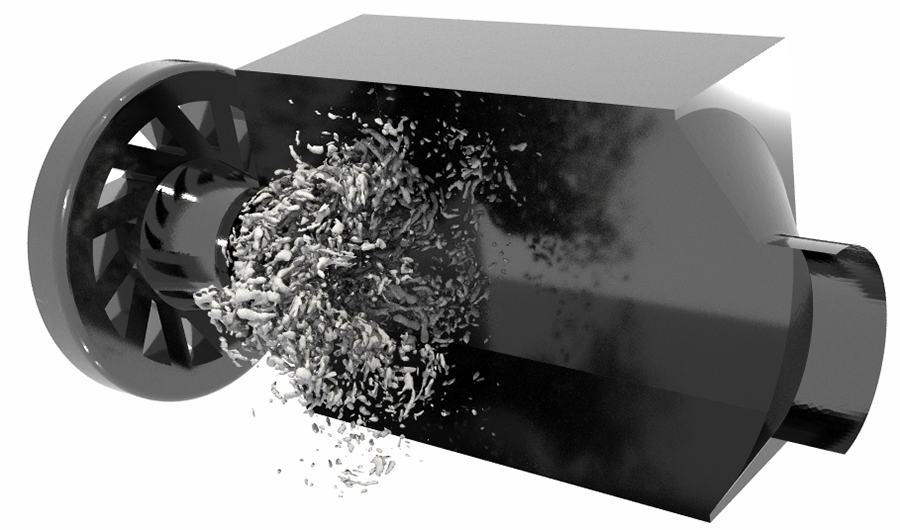Make decisions more quickly
Every year, the University of Magdeburg honors the best doctoral students. One of them is Dr. Seyed Ali Hosseini. He studied chemistry and process engineering as part of a joint doctoral project with the University of Paris-Saclay. He spoke to us about his research, why he is so committed to it and what the award means to him.
 Dr. Seyed Ali Hosseini (Copyright: privat)
Dr. Seyed Ali Hosseini (Copyright: privat)
How would you explain your research to a layperson?
The possibility to predict the outcome of physico-chemical processes is essential in both engineering and science. Given the complexity of these processes and the many parameters involved, it is usually impossible to properly describe them using simple models. Often times, very complex models have to be used. These do not come very cheap and require either a lot of time and/or computational power. Each one of these realistic simulations to predict the outcome of a certain process could take as much as many months, which is obviously not acceptable in many applications.
As an example, a topic that is witnessing growing interest: numerical simulations to assist medical procedures and possibly help surgeons decide on the best course of action. It is obvious that time is of essence here, and one or two-months long simulations are of relatively little interest. As such developing less costly and more efficient (but still accurate) descriptions is of the utmost importance. The collection of numerical methods and algorithms developed and presented in the thesis allows for less costly and time-consuming modeling of different physico-chemical processes.

Illustration of flow field in a patient-specific intra-cranial aneurysm geometry. Simulation performed using ALBORZ by M.Sc. Feng Huang (currently Ph.D. student at the LSS).
What benefit does your research have for mankind?
Predictive and fast modeling of complex flows is important and affects a very broad area of applications. Furthermore, numerical simulation tools have become (due to the considerably lower financial burden) a serious alternative to experiments in engineering and science. As such any new method that can allow for larger and more realistic simulations at reasonable computational cost and time will help fundamental research get a more in-depth understanding of the phenomena involved in complex flows and provide engineers with more efficient tools to assist the design and development process.
What do you find exciting about your field of research?
The most interesting and exciting part is that this rather new trend in numerical methods and algorithms (the lattice Boltzmann method and its many variants) ties back numerics and modern challenges in that area to more fundamental questions from the kinetic theory of gases. It also brings back fundamental questions such as Hilbert’s sixth problem (equivalence of macroscopic and mesoscopic descriptions of matter) under the light. Furthermore, given the novelty of the approach and that it relies on mathematical descriptions that are fundamentally different from macroscopic balance equations (although recovering the same asymptotic behavior), it gives researchers a new perspective on the different approaches to describe flows and their consequences and limitations. That is, I believe, a perspective that is missing in other numerical methods communities.
Why do you research in this area?
While most of the work I have focused on during the past three to four years has been directed towards numerical methods and tools for a variety of applications, I am interested in more fundamental/theoretical issues tied to proper description of flows at different levels (especially the mesoscopic level relying on a probabilistic description put forth by Maxwell and Boltzmann). The use of such concepts in application-oriented settings I hope, will me give me a better understanding of the relationship between the macroscopic “observable” world and probabilistic description models.
What realization has surprised you the most so far?
Knowledge is relative, regardless of one’s experience and the number of years spent on a specific research topic.
What does the award mean to you?
It is an honor to be recognized by the faculty/university for my Ph.D. work. I am extremely grateful for this award, especially knowing of the extremely interesting research work of other colleagues in our department, and also other faculties.
What is your next step now?
I am currently a post-doctoral researcher at the Process and Mechanical Engineering department of the ETH in Zürich. I am continuing my work and the development of numerical methods for complex flows with a focus on multi-phase (liquid/gas) and compressible flows.

Darstellung der Strömung im Inneren eines Drallbrenners (Preccinsta-Brenner). Simulation durchgeführt mit ALBORZ.